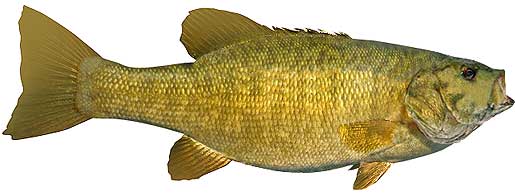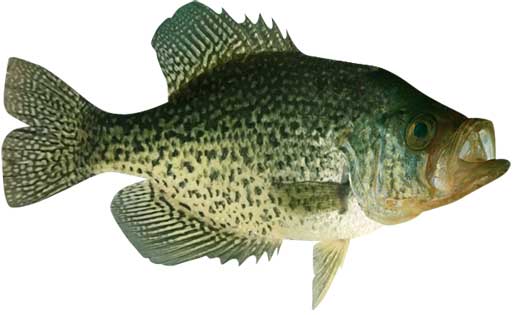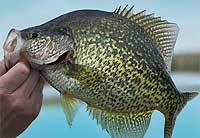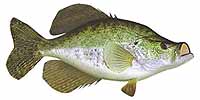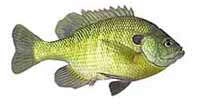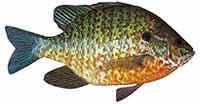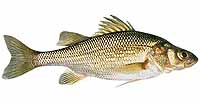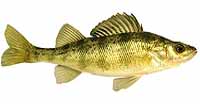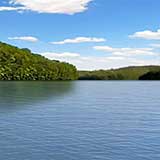Fishing Report For Lake Lillinonah, CT
By Rick Seaman
August 26, 2025
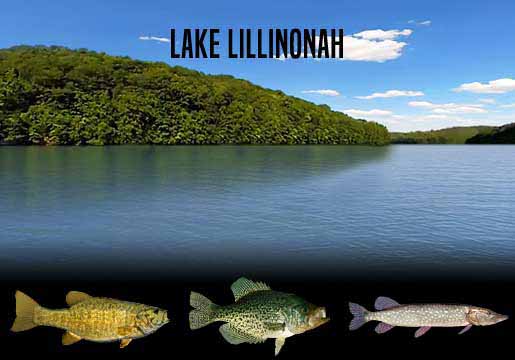
Fishing Reports
Popular Fish Species Lake Lillinonah, CT
Smallmouth Bass
Current Report: Good To Very Good
SUMMER. Smallmouth bass, including many trophy-size gems, are currently feeding shallow early in the day, where they are being caught on topwater, crankbaits, swimbaits, and spinnerbaits. Smallmouth bass here feed on crawfish, gizzard shad, and small sunfish. They prefer rocky or gravel bottom areas, as this is where crayfish live. During the hotter parts of the day, they are being caught on points, humps, and ledges 15 to 45 feet deep. Often these deeper fish are part of a large school of smallmouth. Anglers fishing the area from the Highway 133 bridge to the Shepaug River junction are reporting good catches.
FALL. Fall is arriving, and smallmouth will follow schools of baitfish into coves, bays and onto shallow flats, where spoons, drop-shots, and slow-rolled spinnerbaits, are very successful. Fishing shallow for smallmouth is often good on cold, windy, cloudy and rainy days.
WINTER. Winter will isolate them around deeper structure, points and creek channels, often suspending in open water above these features. They can generally be found from 18 to 35 feet deep. Here they hold, feeding less frequently, awaiting warmer water to return in Spring.
SPRING. When water temperatures rise into the 50's, smallmouth will have moved from deep wintering spots to shallower water, just outside protected spawning areas. They feed heavily at this time, and are typically caught on jerkbaits, crankbaits, tube baits, Ned rigs, and crayfish imitating plastics. They will be preparing for the spawn, which begins once water warms into the high 50's. Then they move into shallower water, and create nests in gravel or sand areas, then lay their eggs. Females then move to deeper water and males remain to guard the eggs, and then the fry. After a couple weeks, the males also move to slightly deeper water and feed aggressively. Crankbaits, tube baits, Ned rigs, plastic worms, spoons and swimbaits are catching smallies during this period.
Black Crappie
Current Report: Fair To Good
SUMMER. Water temperatures have been in the high 70's, and crappie fishing has been a bit slow. Now that the hot Summer sun has warmed the shallows, crappie have retreated to depths of 12 to 20 feet and scattered into smaller groups. They are being caught on points and structure with cover. This is a good time to focus around bridge pilings, and river channel edges.
FALL. Baitfish, which will be moving into shallow flats, coves and bays, will draw crappie into these areas, where they will feed heavily in preparation for the cold Winter. Small spoons, along with minnows, hair jigs, and crappie jigs, are good options during this feeding marathon. Late fall starts the migration deeper toward winter holding areas, for both crappie and baitfish. Small flutter spoons are ideal during this transition
WINTER. Once the shallows turned cold, crappie will have migrate to deeper holding areas, mostly off shore. At this time they are typically caught using a very slow presentation, in 12 to 30 feet of water. If they are suspending in open water, they often relate to some cover, or structure change, directly below them.
SPRING. In early Spring, crappie begin staging in 8 to 12 feet of water, just outside spawning bays and shallow flats. Spring is prime time to be on the water, as crappie have moved shallow to spawn. At that time, they are typically caught in 2 to 4 feet of water. Docks, brush piles, and vegetation are where most anglers are catching decent numbers, using small crappie jigs or live minnows. After the spawn, crappie move outside the spawning area and often hold on the closest cover. Once they move off the beds, anglers are reporting success using fish finders and forward facing sonar to locate schools of crappie, which tend to stack vertically around cover. Light tackle with 4 lb to 8 lb line is a popular choice.
Northern Pike
Current Report: Fair
SUMMER. Northern pike scatter all around the lake, and are less aggressive than in Spring. This makes them difficult to find. During the day they are holding in deeper weedbeds, rock piles, islands and channel edges. Some of the larger specimens are suspending in open water, just outside feeding areas. Trolling or drift fishing has produced a few catches, using spoons, big spinners, cut bait and deep diving crankbaits. Early and late in the day, they may move shallow to feed and are typically caught around weedy shorelines.
FALL. As the weather starts turning cold, water temperatures cool fastest in the shallows. This brings baitfish into shallower waters, and northerns follow along with this food source. They hang around weedbed edges, main-lake points, reefs, and rocky shorelines to ambush prey. At this time they are feeding to prepare for winter. It is also a good time to catch a trophy pike.
WINTER. Fluctuating water levels here in Winter dictate the option for ice fishing, year to year/ Pike here are lethargic in Winter, often congregating in or near remaining weedbeds, especially along the edges. Other structure options include long points, reefs, ledge drop-offs, and rocky humps, ideally nearby deeper water. Ice fishing was good here in winter. At times, when oxygen is depleted in deeper water, northerns suspend directly under the ice, where maximum oxygen is available. Other times they hold on structure in 20 to 30 feet of water, sometimes deeper.
SPRING. After ice out, northern pike migrate to shallow, warmer pockets, bays and coves. Once water temperatures reach the mid-40's, they move into even shallower areas with vegetation, to spawn. This prime time to catch northerns here. After spawning they linger in the shallow bays for a short period. Once water temperatures rise into the 50's, they move to deeper weedbeds and shallow structures adjacent to even deeper water. Bright colors, whites and flashy lures appeal to these predators. Noisy topwater lures can also produce some spectacular strikes. Alternate between baits until you identify which one triggers the most bites for the day.
Fishing Video
Fish species to fish for...
Guide to fishing for largemouth bass, smallmouth bass, black crappie, white crappie, bluegill, green sunfish, pumpkinseed sunfish,white perch, yellow perch, chain pickerel and northern pike at Lake Lillinonah in Connecticut.
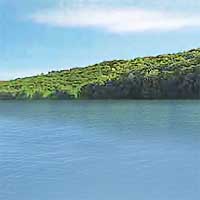
Lake Lillinonah is a 1,900-acre lake with 45 miles of shoreline. One of the most sought-after fish species here is trophy-sized smallmouth bass. The lake is also home to black crappie, northern pike, largemouth bass, walleye, yellow perch and various panfish species. Options for bank fishing are limited.
Primary fish species to catch
Click images for fishing tips and details about each species.
Today's Weather & Forecast
Public Boat Launch Ramps & Landings
Click here for boat ramps.
Fishing License
Click here for a Connecticut Fishing License.
Map - Fishing & Access
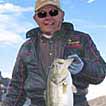
Rick Seaman is a fishing enthusiast with over five decades of fishing experience, a retired tournament fisherman, author of numerous published articles on fishing, and co-author of the book "Bass Fishing - It's not WHAT you throw, It's WHERE you throw it".
Fishing lakes in each state
082625
Lake Lillinonah, CT Report
CONNECTICUT


Fishing for bass, perch and sunfish in northwest CT.


